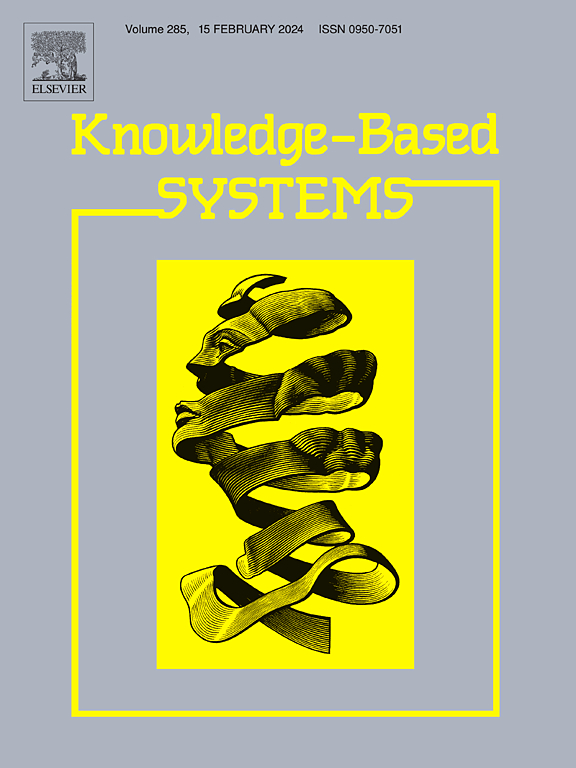A segmented motion synthesis method for robotic task-oriented locomotion imitation system
IF 7.2
1区 计算机科学
Q1 COMPUTER SCIENCE, ARTIFICIAL INTELLIGENCE
引用次数: 0
Abstract
Recent research highlights the potential of learning agile robotic locomotion by imitating segmented motion data from humans. However, using single-mode motion data for imitation learning is inefficient for task-specific actions, and motion capture and retargeting processes can be time-consuming. To address these challenges, we propose a motion synthesis framework that combines segmented motions to produce task-specific behaviors characterized by natural movement. Our approach involves three main components: the State Variational Autoencoder (SVAE), the Control Network of Synthesized Motion (SMC-Net), and Critical Joint Constraints (CJC). The SVAE learns motion dynamics from segmented movements and encodes them into a latent space, enabling efficient combination of diverse motions during reinforcement learning. The SMC-Net selects optimal postures from segmented data using Deep Reinforcement Learning (DRL), and its integration with the SVAE’s latent space enhances motion realism. Critical joint constraints are incorporated into the reward to further improve motion quality. Testing on two reach-target-and-reaction tasks with three types of motions demonstrated a 2.6-fold increase in mean rewards and a 1.1-fold reduction in task completion time compared to state-of-the-art baselines using single-mode motions.
面向任务的机器人运动模仿系统的分段运动综合方法
最近的研究强调了通过模仿人类的分段运动数据来学习敏捷机器人运动的潜力。然而,使用单模运动数据进行模仿学习对于特定任务的动作是低效的,并且运动捕获和重定向过程可能非常耗时。为了解决这些挑战,我们提出了一个运动合成框架,该框架结合了分段运动来产生以自然运动为特征的特定任务行为。我们的方法包括三个主要组成部分:状态变分自编码器(SVAE),合成运动控制网络(SMC-Net)和关键关节约束(CJC)。SVAE从分段运动中学习运动动力学,并将其编码到潜在空间中,从而在强化学习过程中实现多种运动的有效组合。SMC-Net利用深度强化学习(Deep Reinforcement Learning, DRL)从分割数据中选择最优姿态,并与SVAE的潜在空间相结合,增强了运动的真实感。关键关节约束被纳入奖励,以进一步提高运动质量。在三个动作类型的两个到达目标和反应任务的测试中,与使用单模动作的最新基线相比,平均奖励增加了2.6倍,任务完成时间减少了1.1倍。
本文章由计算机程序翻译,如有差异,请以英文原文为准。
求助全文
约1分钟内获得全文
求助全文
来源期刊

Knowledge-Based Systems
工程技术-计算机:人工智能
CiteScore
14.80
自引率
12.50%
发文量
1245
审稿时长
7.8 months
期刊介绍:
Knowledge-Based Systems, an international and interdisciplinary journal in artificial intelligence, publishes original, innovative, and creative research results in the field. It focuses on knowledge-based and other artificial intelligence techniques-based systems. The journal aims to support human prediction and decision-making through data science and computation techniques, provide a balanced coverage of theory and practical study, and encourage the development and implementation of knowledge-based intelligence models, methods, systems, and software tools. Applications in business, government, education, engineering, and healthcare are emphasized.
 求助内容:
求助内容: 应助结果提醒方式:
应助结果提醒方式:


